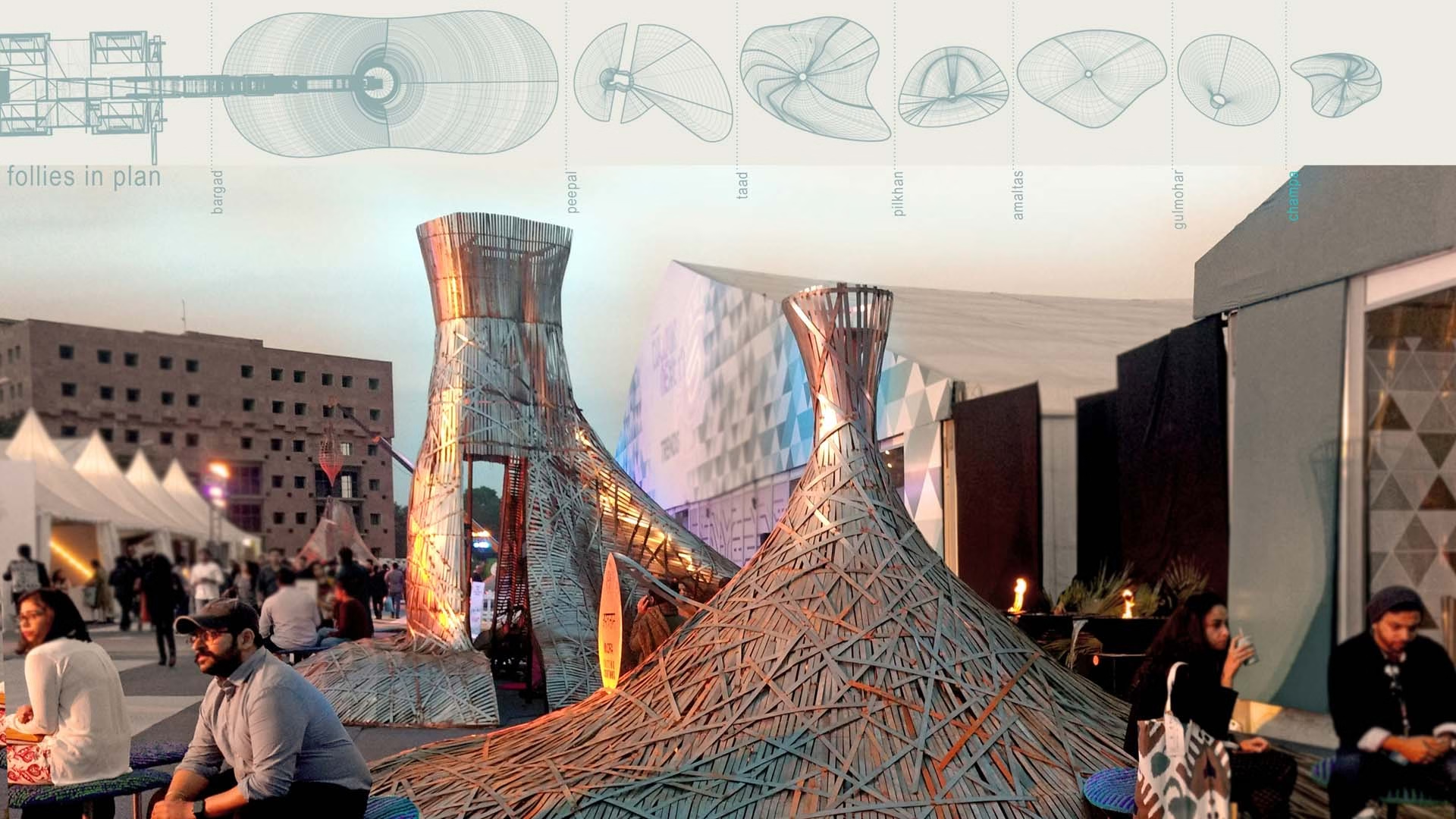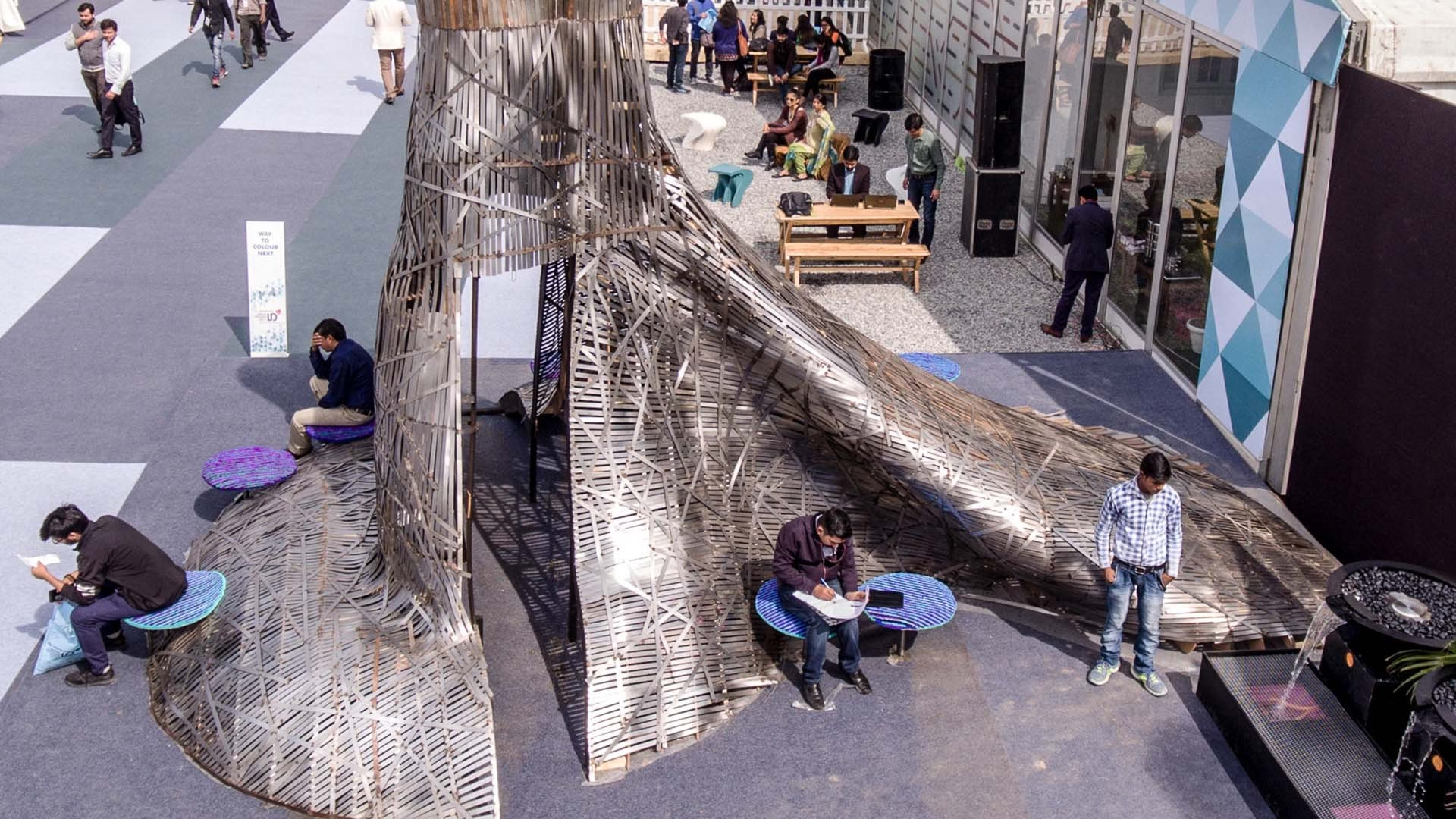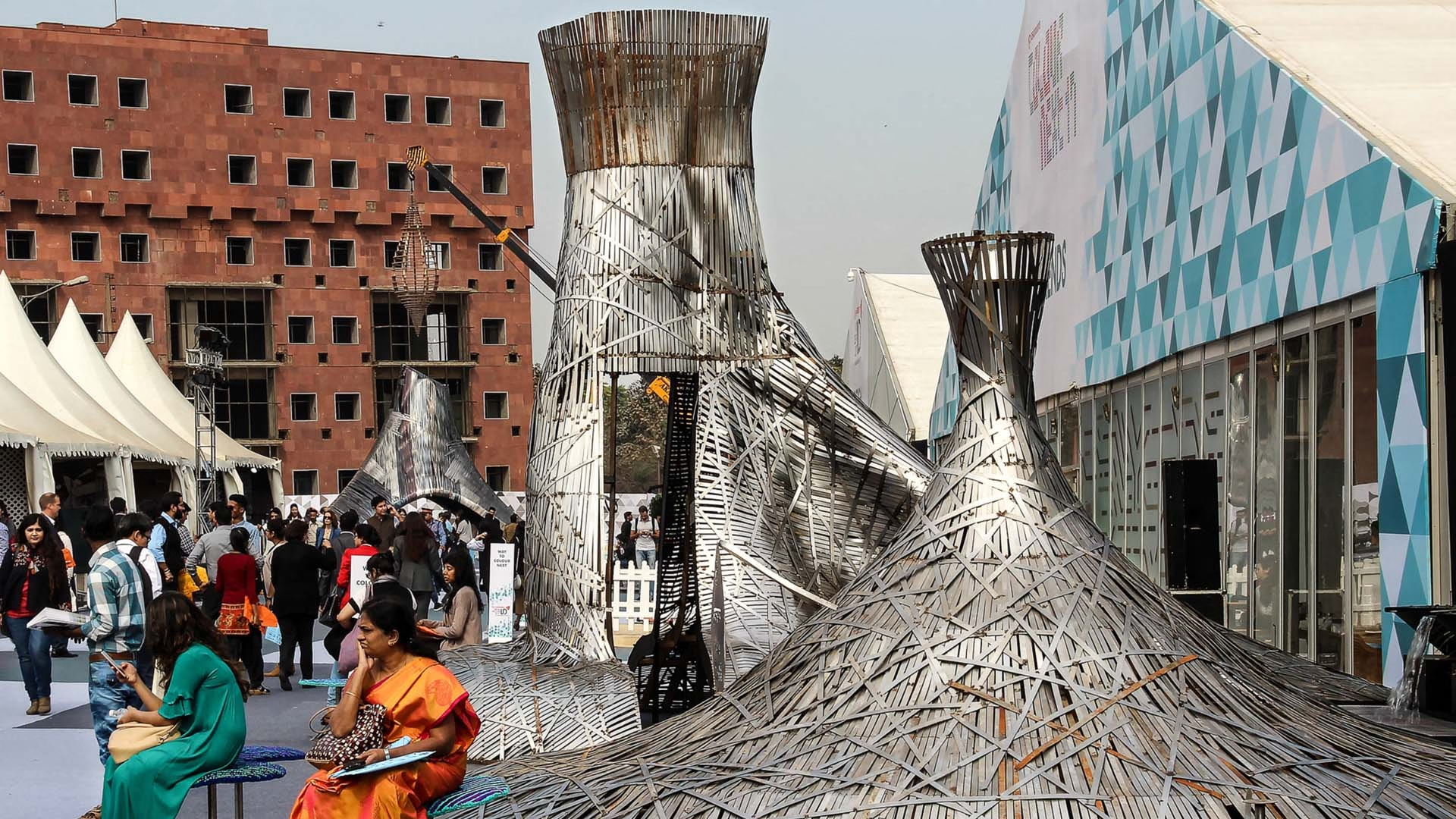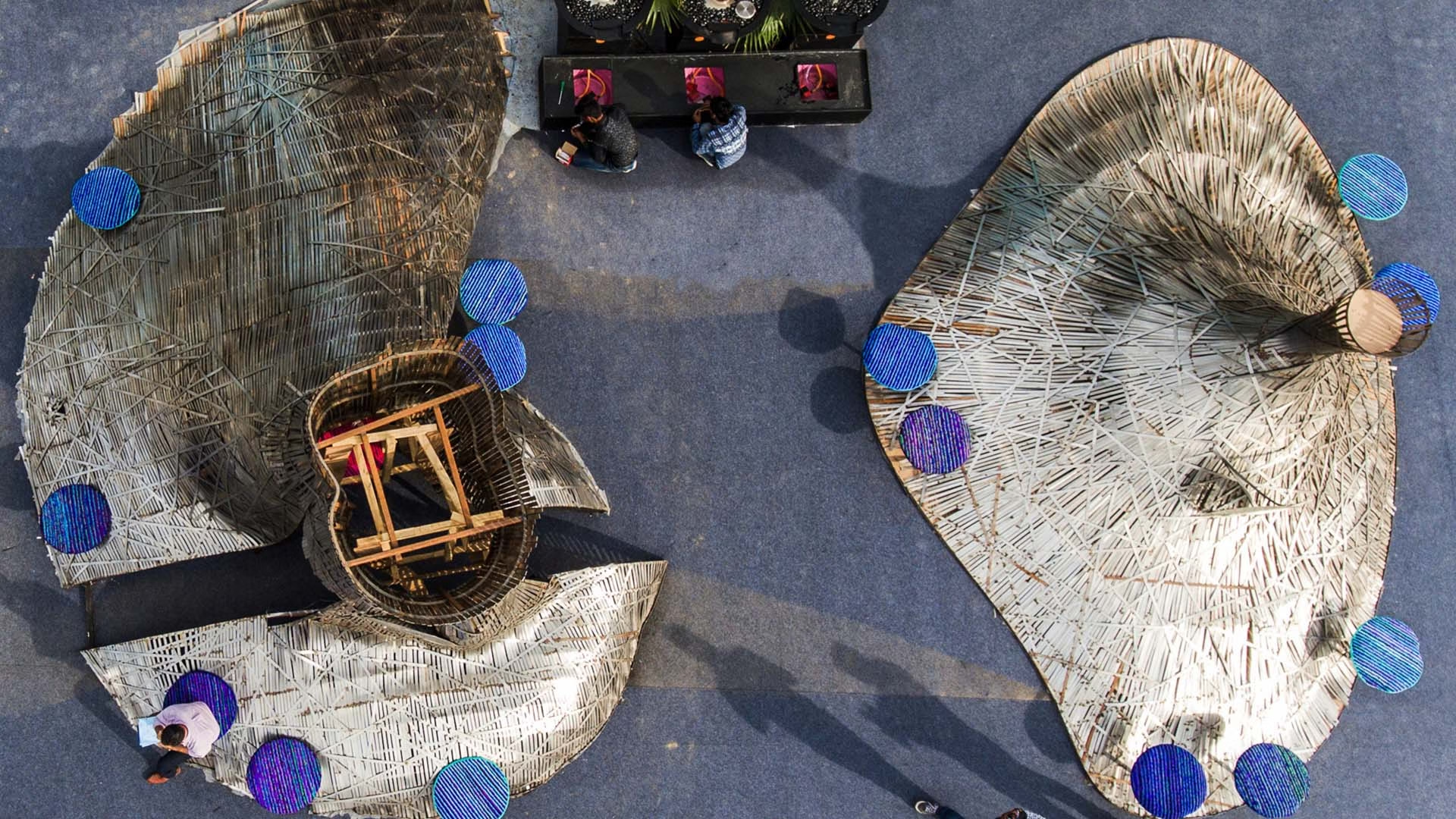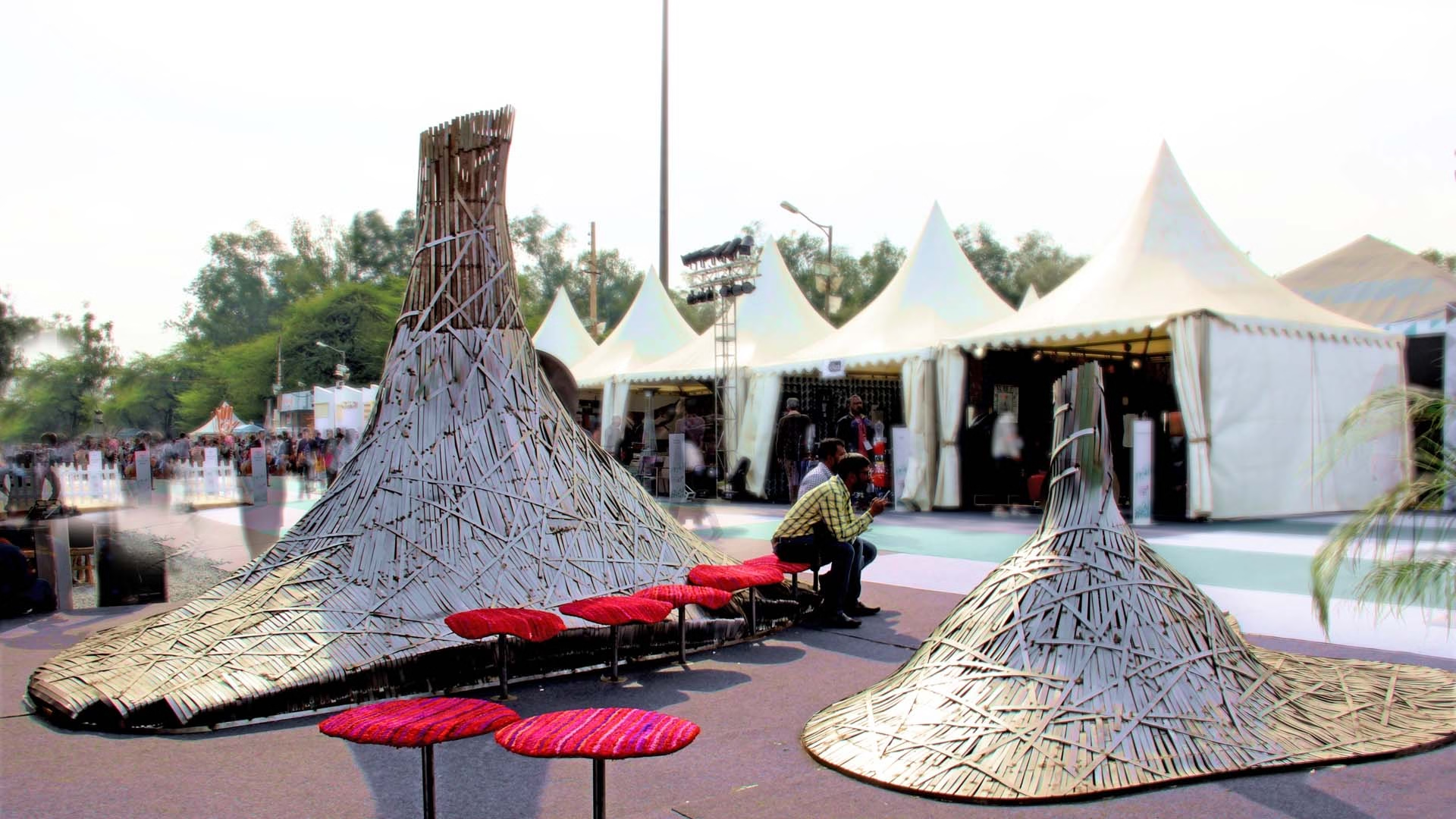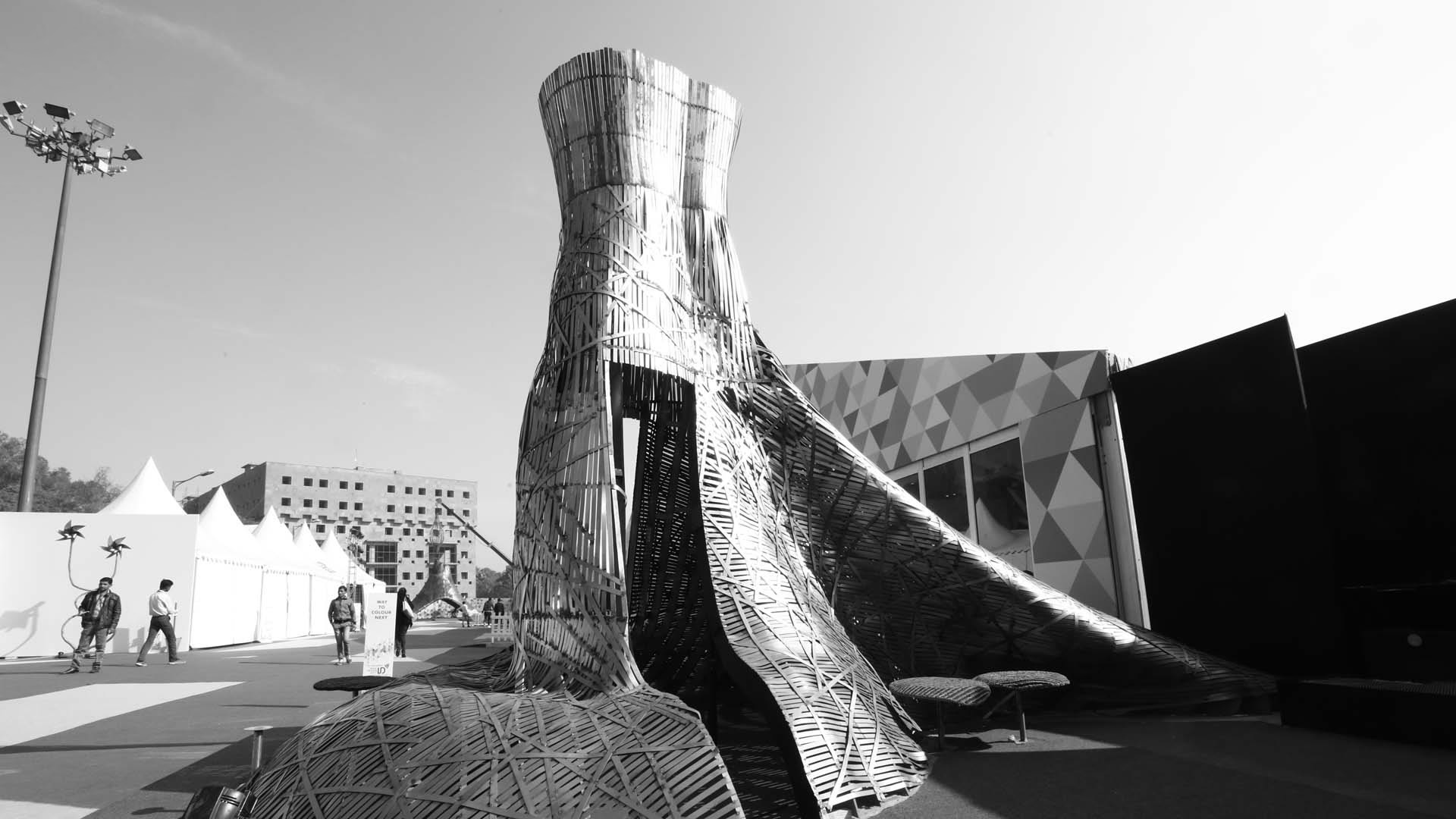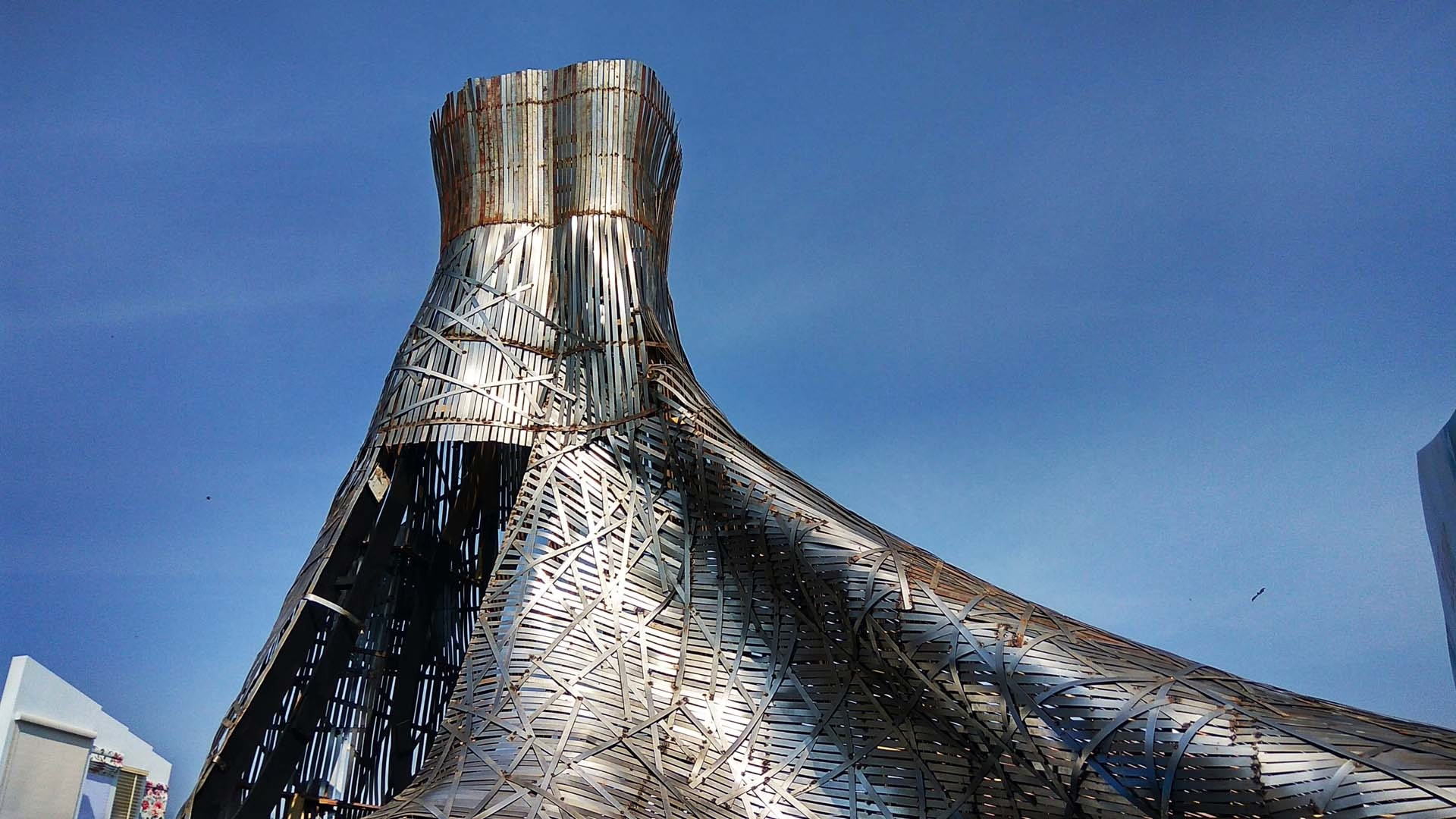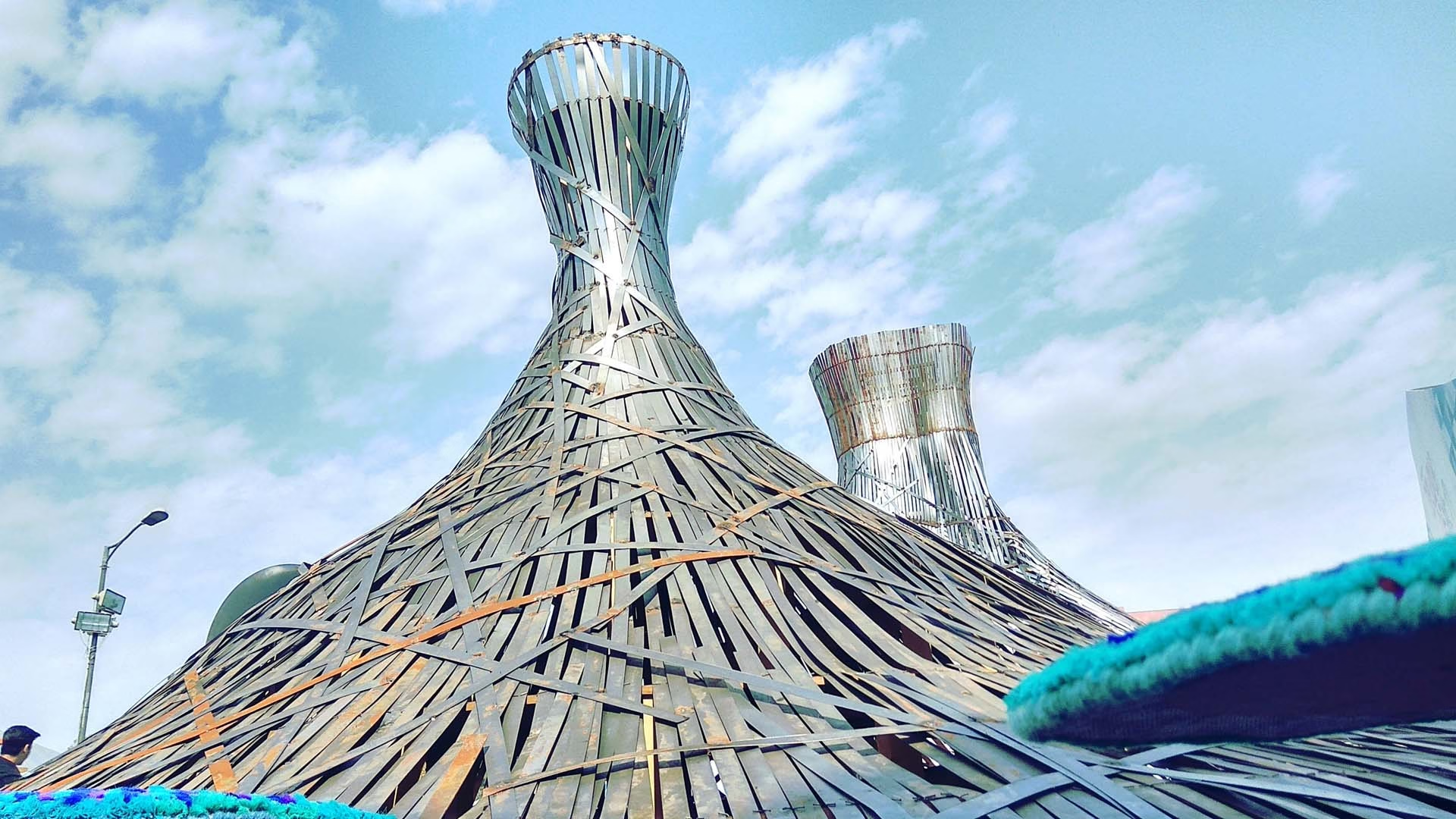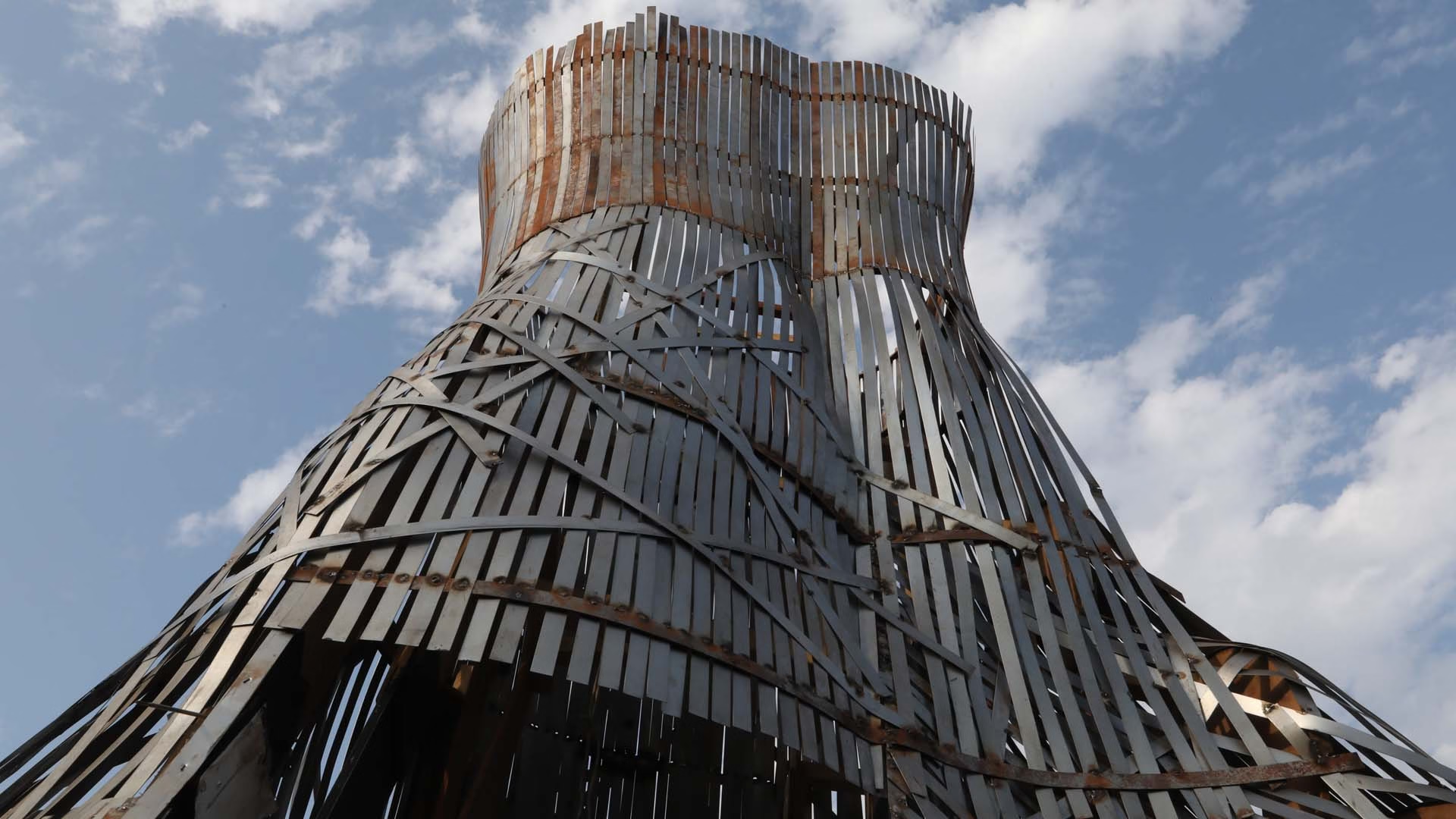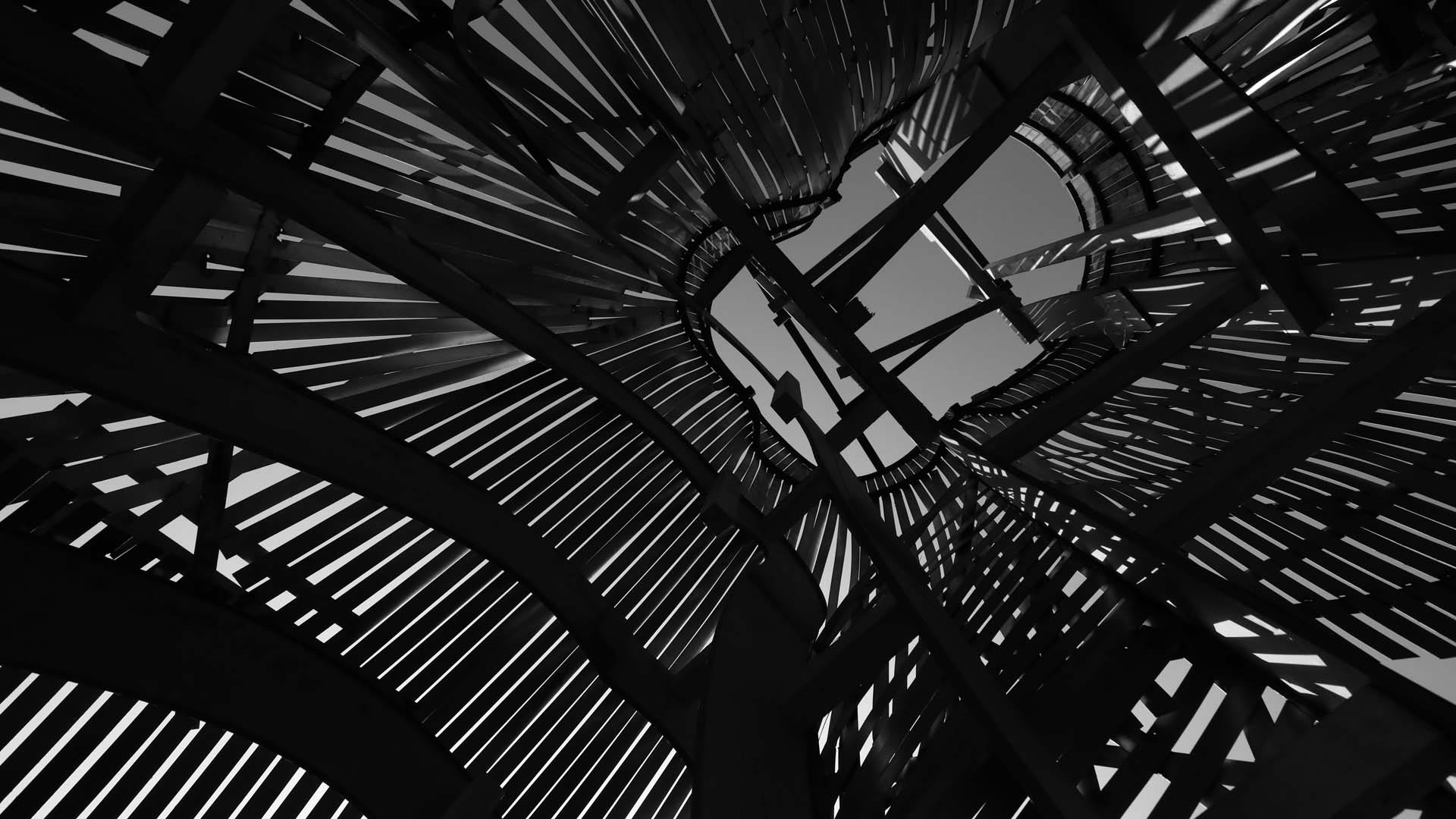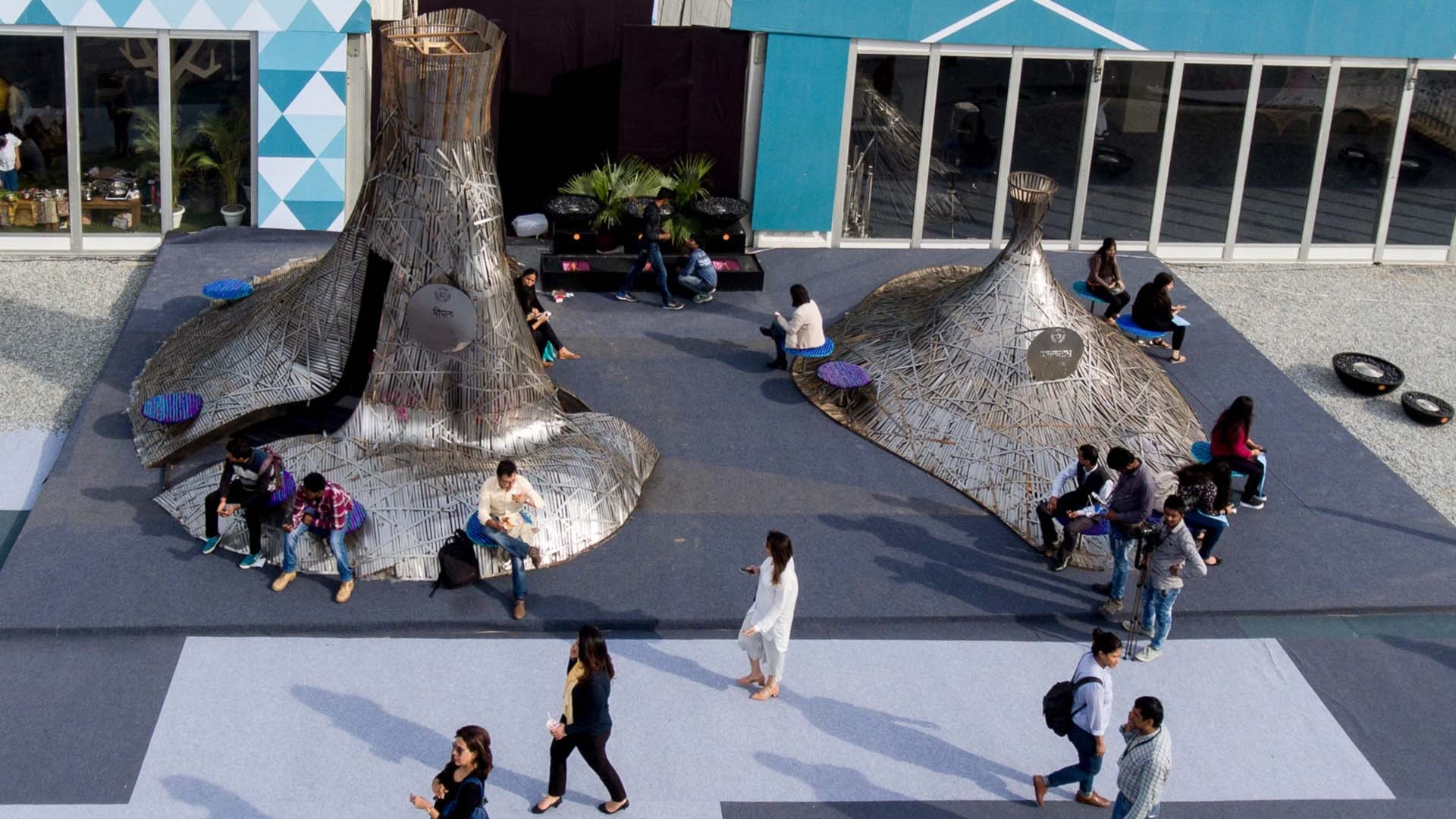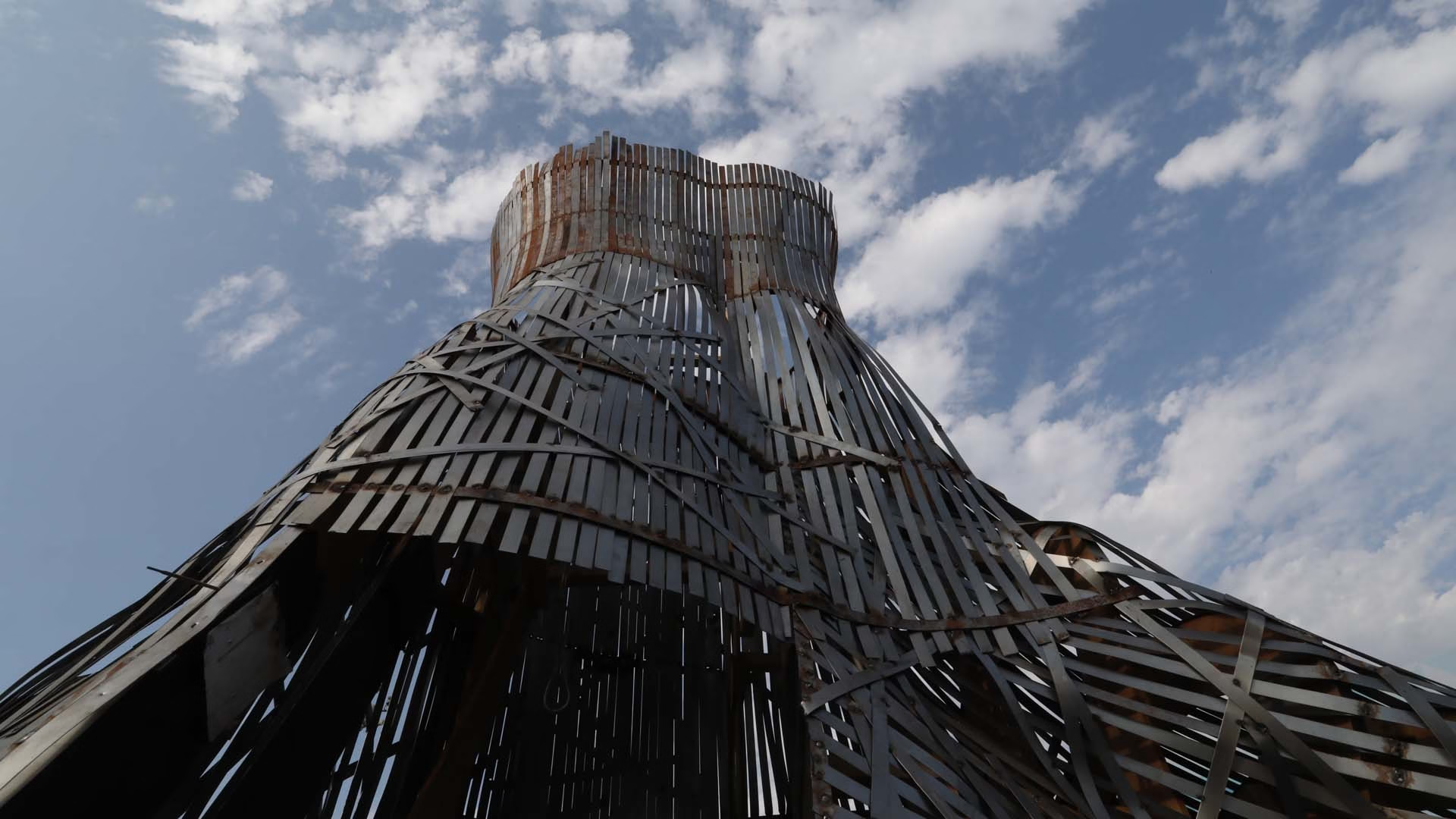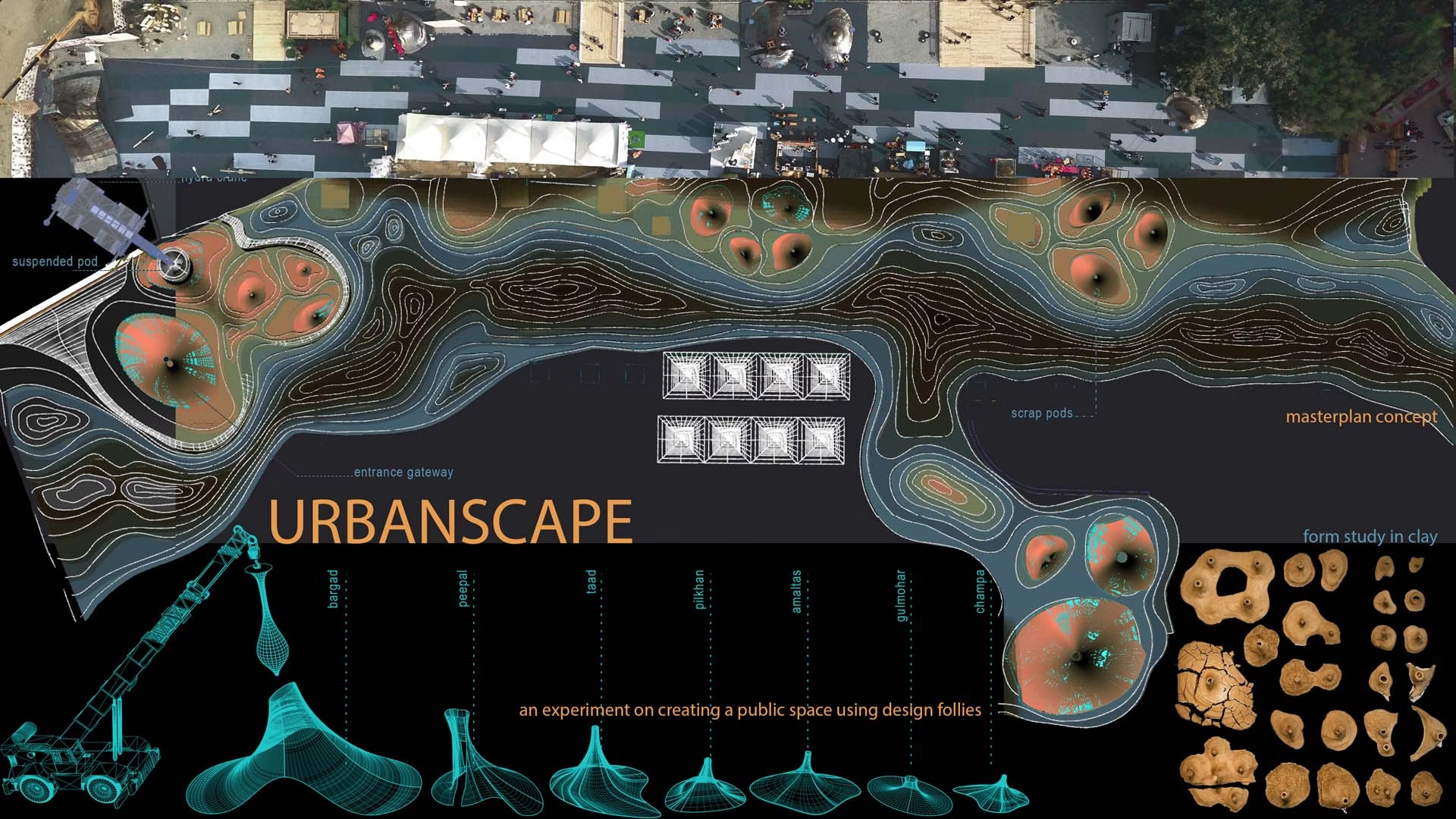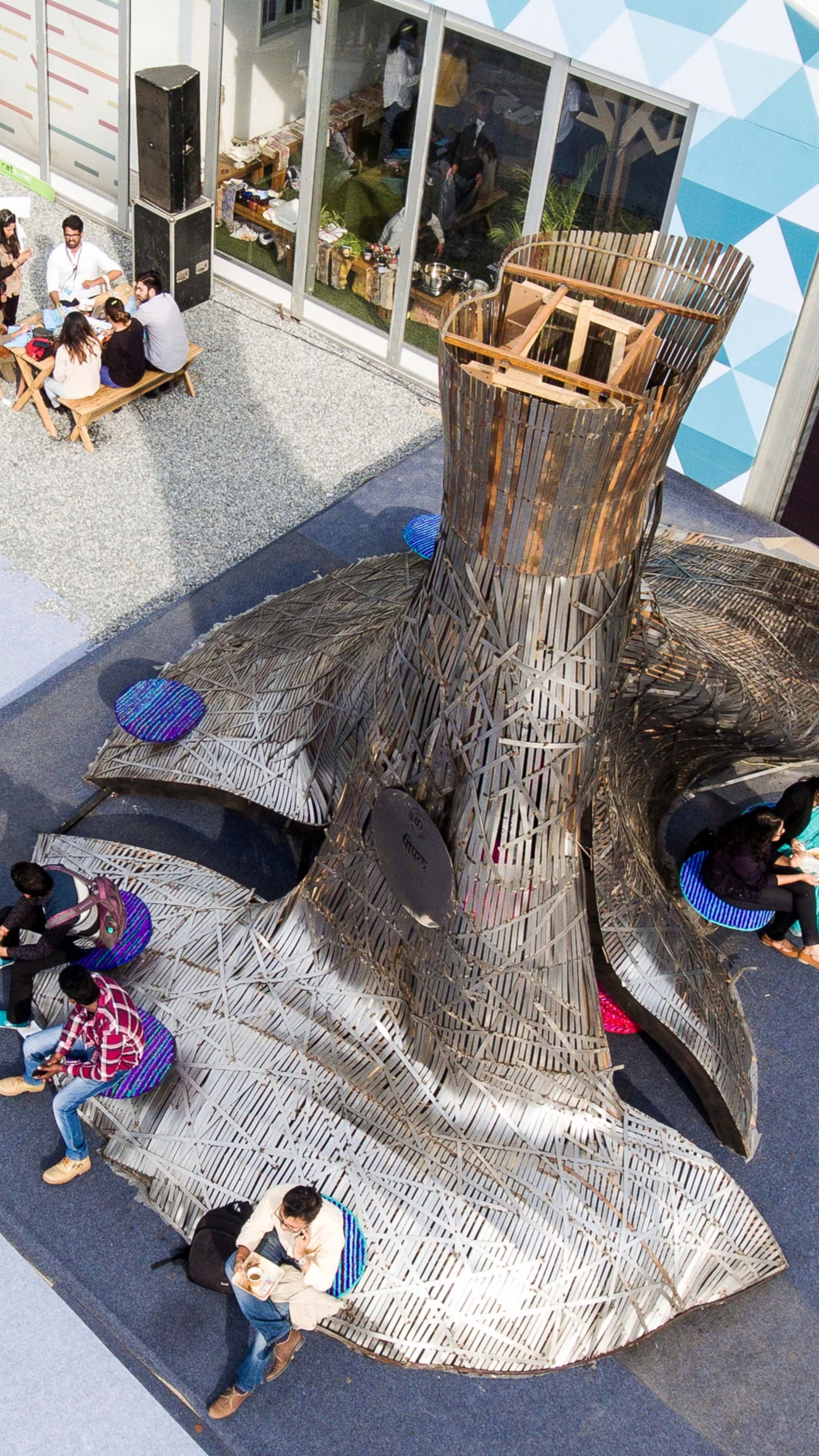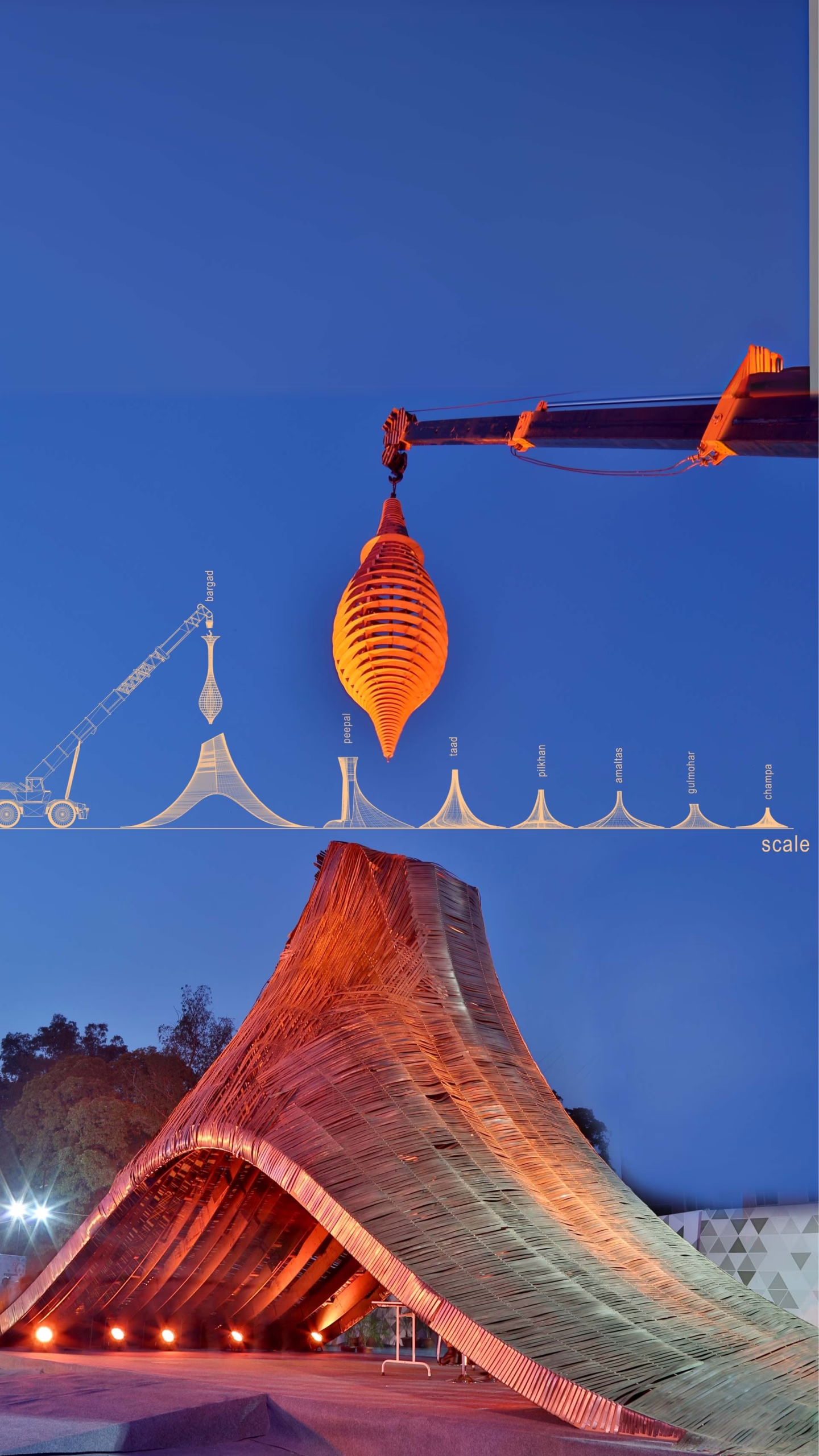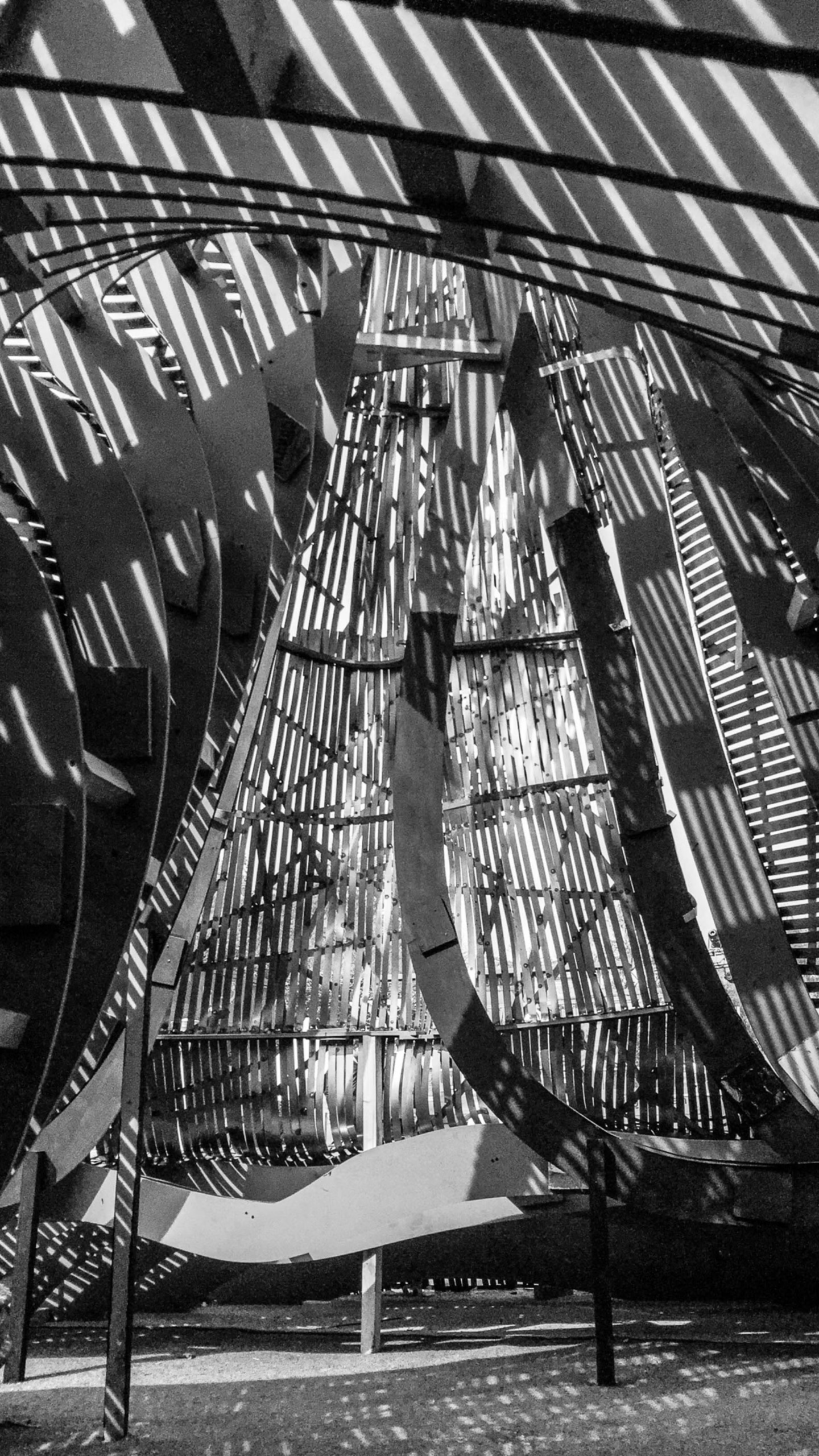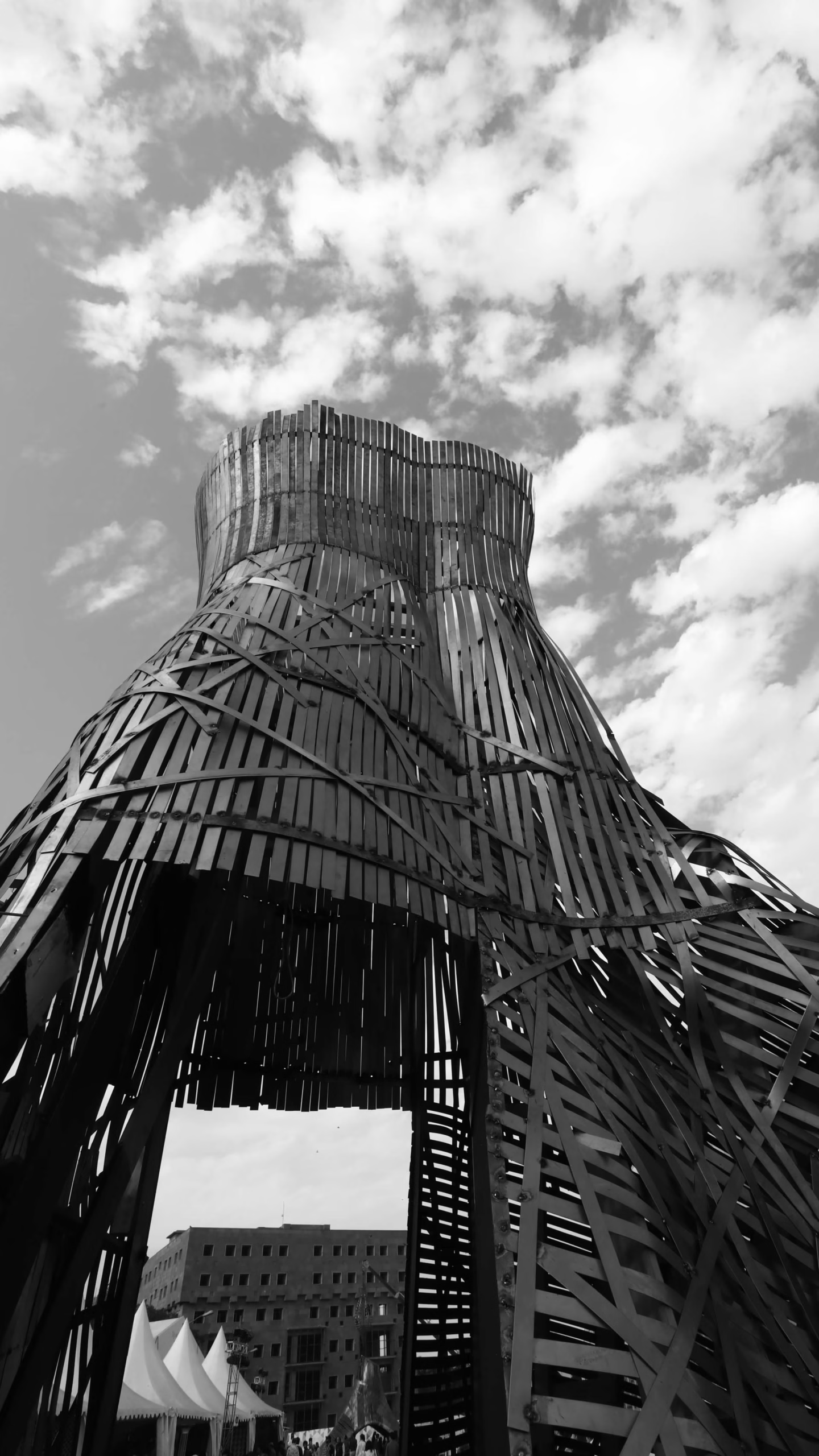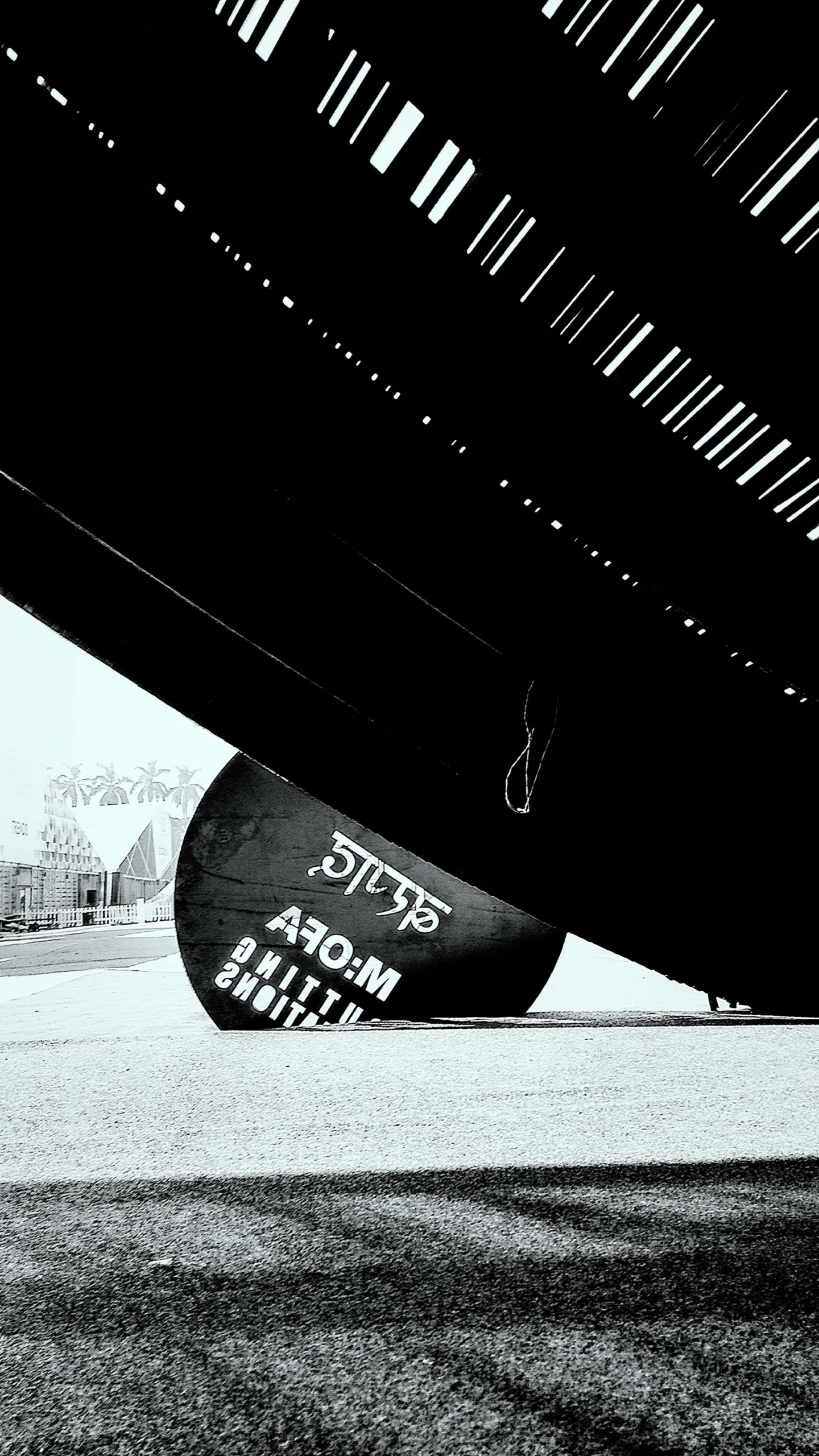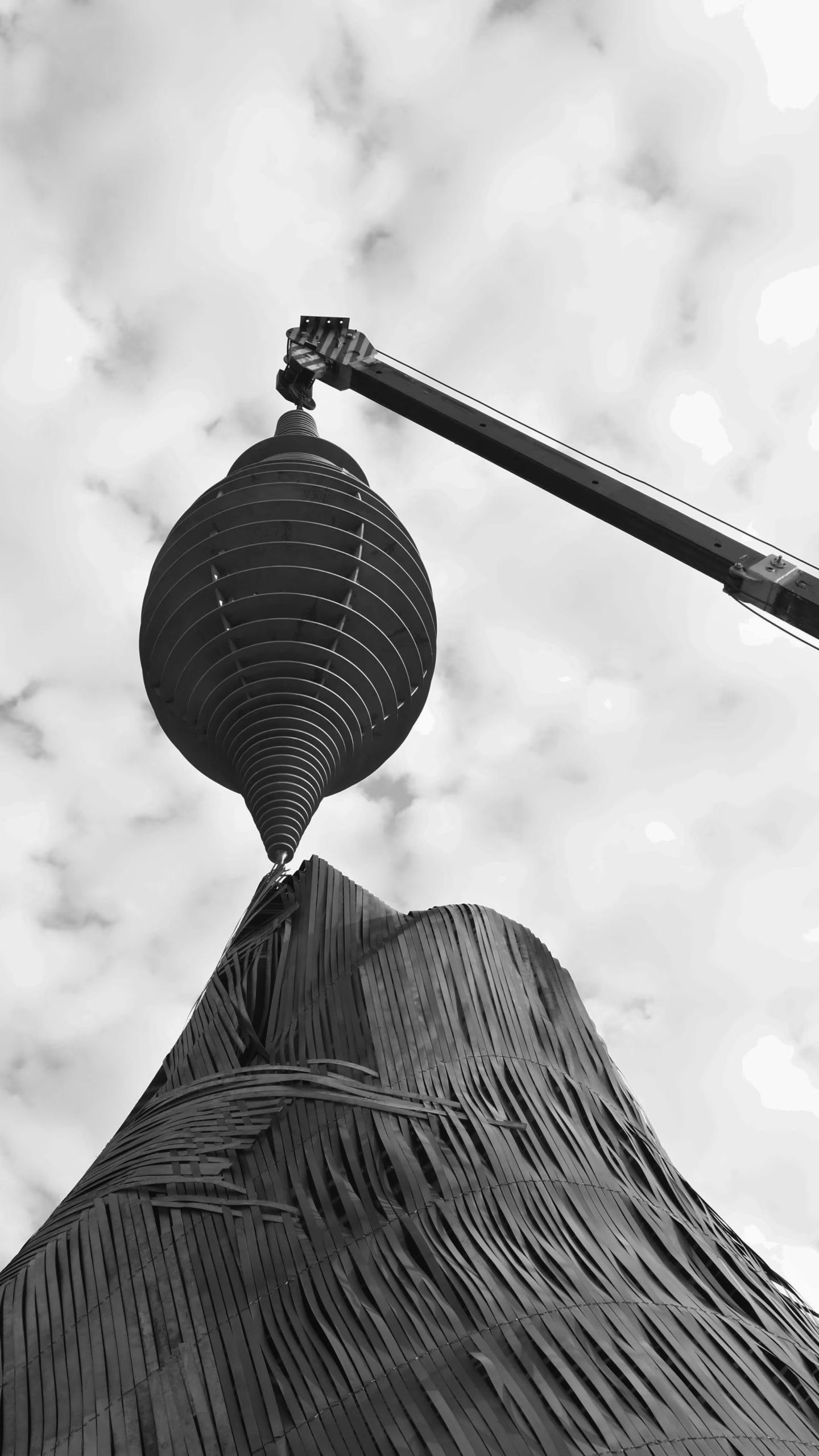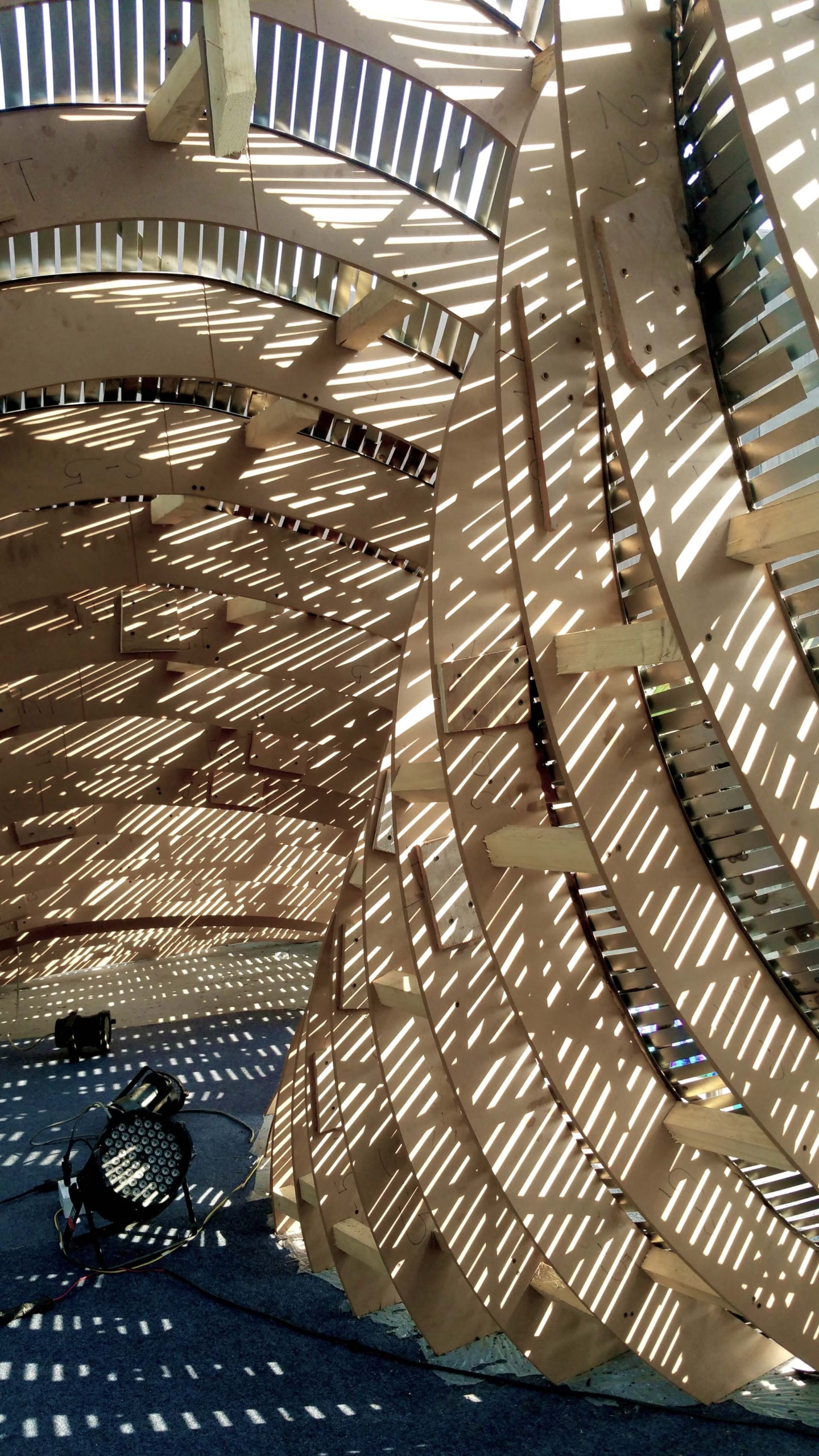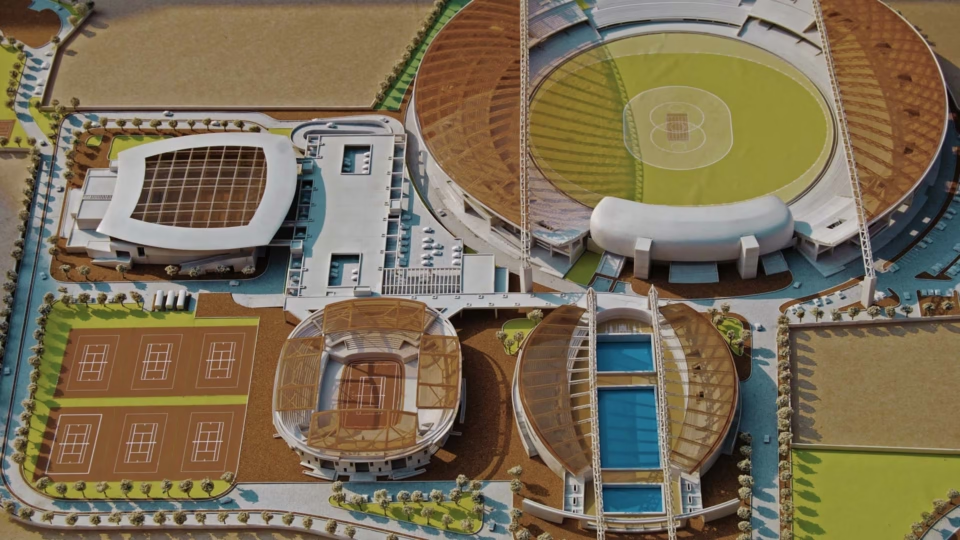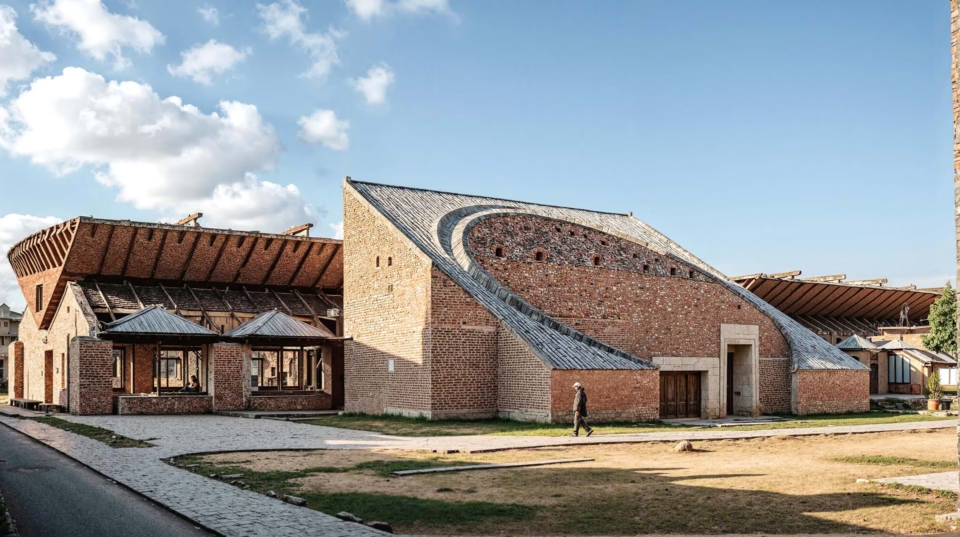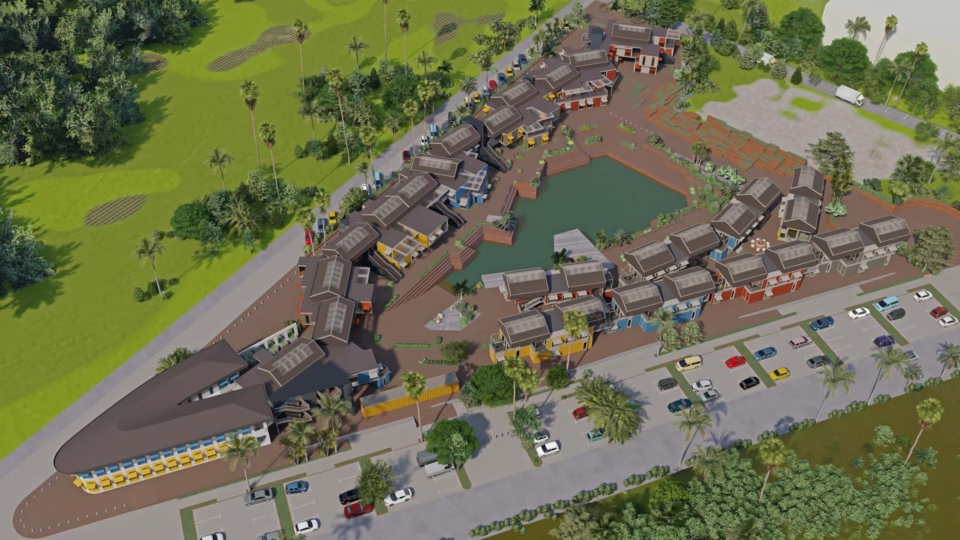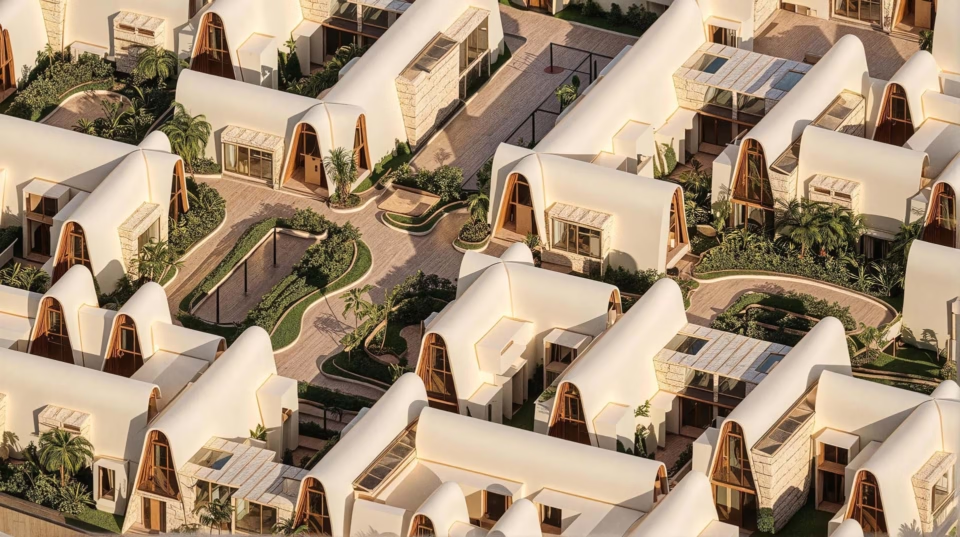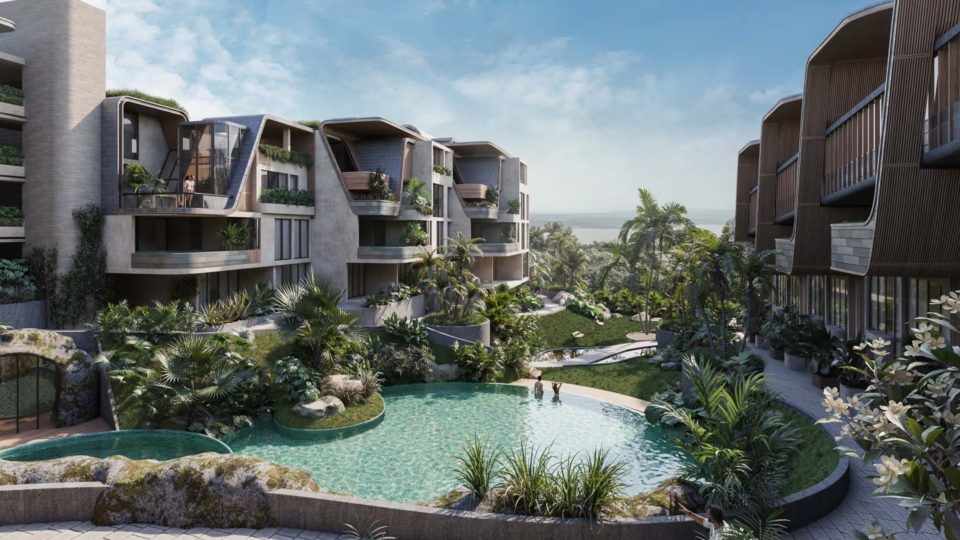“Urbanscape,” the signature installation MOFA Studios built for India Design ID 2017, embodies the practice’s conviction that design is a “bodiless fluid cloud” whose identity is continually renegotiated across physical, cultural, economic and political contexts. Founder-architect Manish Gulati contends that nature—governed by complex, non-linear algorithms—is the true master designer; by integrating digital processes intelligently, architecture can echo nature’s unpredictable harmony and invite multiple interpretations.
Delhi’s mystical yet smog-laden winters and the city’s accelerating loss of trees supplied the project’s ethical core. Each installation is a tribute to one of the seven trees of Delhi viz, Bargad, Peepal, taad, pilkhan, amaltas, gulmohar and champa— around which once life grew, now linger mainly in memory. Urbanscape resurrects these lost presences through seven fluid funicular sculptures fashioned from recycled steel, each emulating a tree stump, in abstraction. The shimmering grove provokes visitors to contemplate what the city forfeits when its arboreal heritage disappears.
The work’s intrigue lies in its synthesis of handcraft and computation. MOFA began with intuitive clay explorations, then employed parametric optimisation to refine the forms. Digitally fabricated steel ribs established each sculpture’s skeletal geometry. For the external skin, more than 77,000 strips of up-cycled scrap steel were welded on site by craftsmen who, without detailed drawings, relied on their experiential algorithms to create intricate weaving patterns. Each craft group generating their own unique weaving patterns was like “a complex program unfolding in reality,” where unpredictability yields unexpectedly rich spatial experiences.
By balancing digital precision with human intuition, we were able to demonstrate that advanced fabrication and vernacular skill are complementary forces. Urbanscape thus becomes both an ecological critique and a participatory landscape: an experiential reminder of Delhi’s vanishing trees, a testament to sustainable up-cycling, and a living example of design’s capacity to spark civic dialogue while adapting fluidly to ever-changing contexts.
